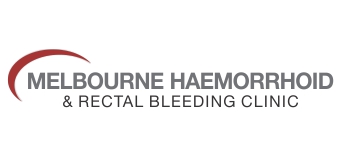Gastroscopy
A thin long flexible tube is passed through the mouth into the oesophagus (gullet), stomach and first part of the small bowel (duodenum). The inner surface or lining of these regions can be seen and this allows diagnosis for the causes of pain, indigestion or bleeding. The presence of inflammation, ulcers or tumours can be verified.
The tube (gastroscope) can take pictures and samples can be collected (biopsied) for analysis under the microscope histology.
Gastroscopy is very useful in the diagnosis of conditions affecting the oesophagus, oesophagogastric junction (hiatus hernia) and reflux oesophagitis, ulcers in the stomach or duodenum can be diagnosed.
Biopsies taken in the stomach can verify the presence of infection, which is a common cause for ulcers of the stomach or duodenum.
Procedure
This is usually carried out under intravenous sedation in a special Day Surgery or Hospital setting. You usually do not remember much about the procedure because of the sedation.
When you arrive at the facility the Anaesthetist and staff will ask you a series of questions, explain the procedure, discuss possible risks and inform you regarding costs.
Gastroscopy can sometimes be carried out as an open access procedure. That is the Doctor only sees you just before the gastroscopy. Arrangements however will have been put in place beforehand.
The usual method is for you to see the specialist first who then arranges the gastroscopy after having taken all of the particulars.
In particular all medication will have been checked, any allergies noted, bleeding tendencies, heart and lung problems, and any specific concerns you have will be addressed.
Care needs to be taken in particular with Diabetics, patients with heart valves, patients on blood thinning tablets or Aspirin. Some conditions require antibiotic cover, others require adjustment of medication. These should be checked prior to arranging the procedure.
Issues to be Considered
a) The needles through which injections are given can cause pain or bruising
b) The tube can cause a sore throat,
c) Rarely allergic responses to the medication can occur,
d) Vomiting during or after the procedure can occur. For this reason fasting prior to the procedure for at least six hours is required.
The procedure is carried out on a narrow table. Therefore the attendants are with you the whole time during the procedure to avoid falls.
If you have problems with dentures or teeth, the Anaesthetist should be aware of this. In particular the Anaesthetist has to take great care not to cause damage to the teeth.
